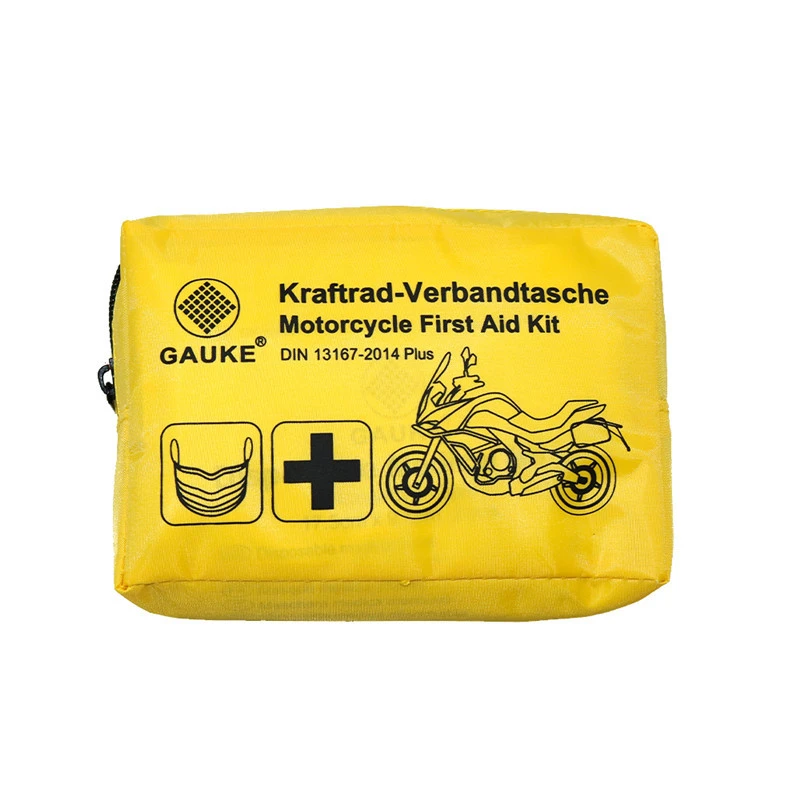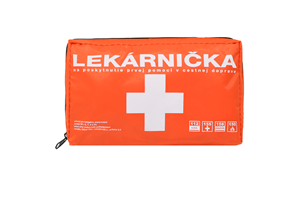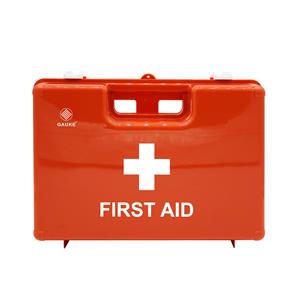First Aid For Cuts
Cuts and grazes are part of growing up. Small wounds are usually easily treated at home with a little first aid and lots of TLC. The aim of first aid is to promote healing and to minimise the risk of infection.
Large or severely bleeding wounds need immediate medical attention as blood loss can lead to falling blood pressure and shock.
Home treatment
Minor wounds
Wash your hands before handling a wound or wear sterile disposable gloves.
Most minor wounds stop bleeding on their own, or after applying some direct pressure for a few minutes with a gauze pad. Don’t lift the pad continuously to check whether bleeding has stopped – this will damage blood clots that may be forming.
Hold the wound under cool running water to remove dirt or bits of grass and to assess how deep it is. Remove dirt particles with the corner of a sterile gauze pad or sterile tweezers. You can sterilize the end of tweezers over an open flame. Let it cool before using it.
Use gauze to clean the skin around the wound. Wipe away from the wound and use a new pad with each wipe. Pat the area dry and apply antiseptic ointment, such as Polysporin or BC56, to the wound. Applying alcohol, hydrogen peroxide, mercurochrome or iodine onto a wound can delay healing and should be avoided.
Consider putting a bandage, such as an adhesive strip, on the cut or graze, especially on the hands, legs and feet. Always put an adhesive strip across a cut, and not lengthwise. Do not cover with cotton wool. Alternatively, close the wound with sterile wound closure strips if stitches are not required (see box). An antiseptic spray may be used for grazes.
Change the bandage at least once a day or more often if it gets dirty or wet. When the wound forms a scab, a bandage is no longer necessary. Witch hazel or aloe vera cream may soothe a simple wound.
See a doctor if:
a cut continues to bleed through the bandages, even after applying pressure for 15 minutes
the wound has removed all layers of the skin
stitches are required (see below)
there is numbness in the area, weakness or loss of function in the fingers, toes or limb beyond a wound, or if the skin near the wound turns cold, blue or white
the wound has been heavily contaminated with dirt or gravel, and the injured person is elderly, a diabetic or has a long-term illness
you are unsure whether all foreign bodies, such as glass, wood, or dirt have been removed
the injured person has not had a tetanus injection in the past ten years (five years in the case of a very dirty wound). A tetanus booster has to be given within two days of the injury.
the wound is on the face or neck, if it is a puncture wound or caused by a animal or human bite
the wound is very dirty and injured person is a diabetic or have other long-term illnesses.
there are signs of infection. Remember that an infection will only be obvious after a day or two
the wound has not healed after two weeks. Minor facial wounds usually take three to five days to heal, wounds on the chest and arms should take between five and nine days, and the leg wounds, seven to twelve days.




